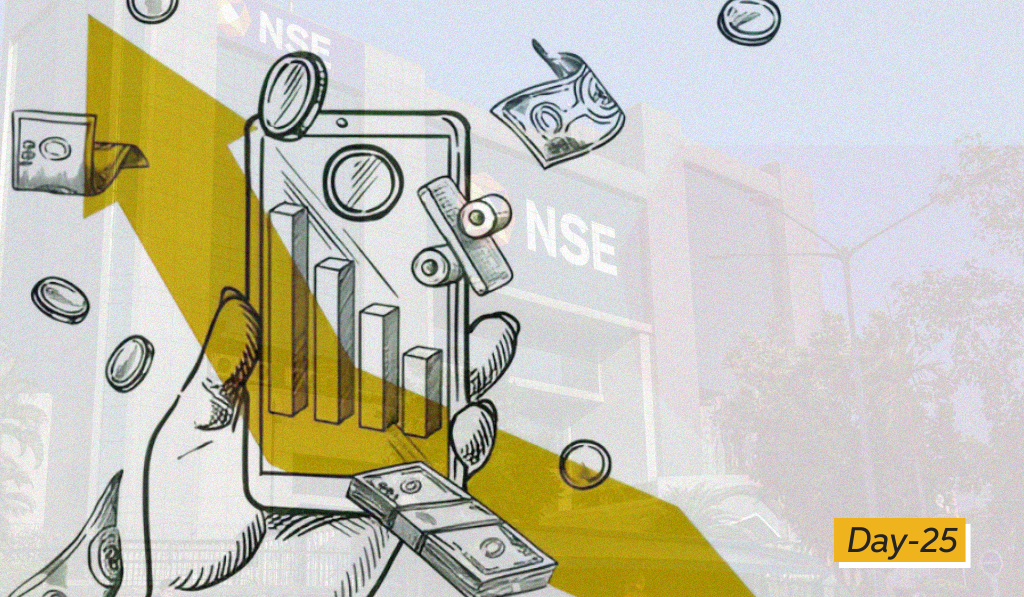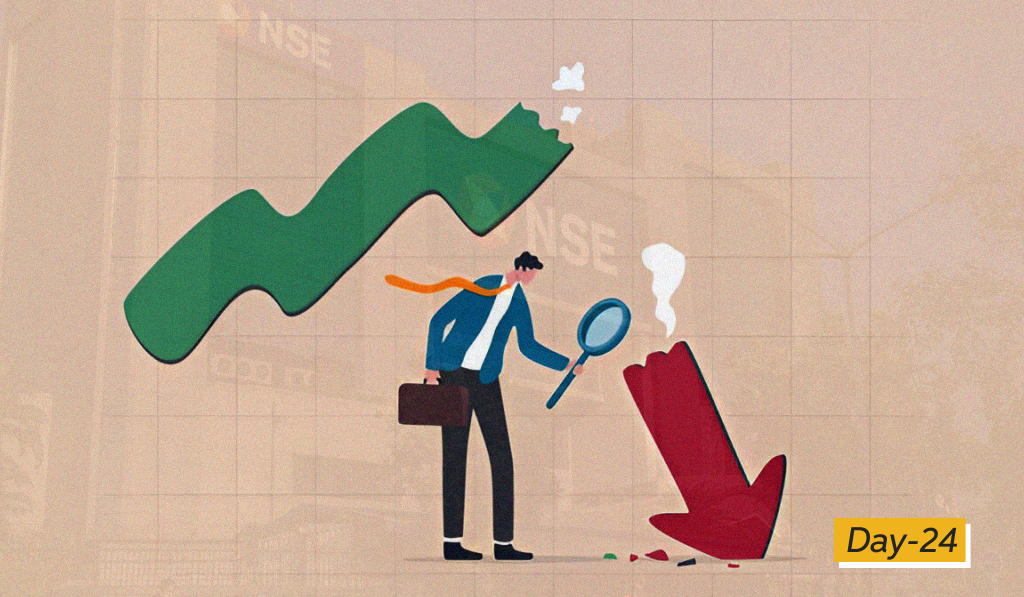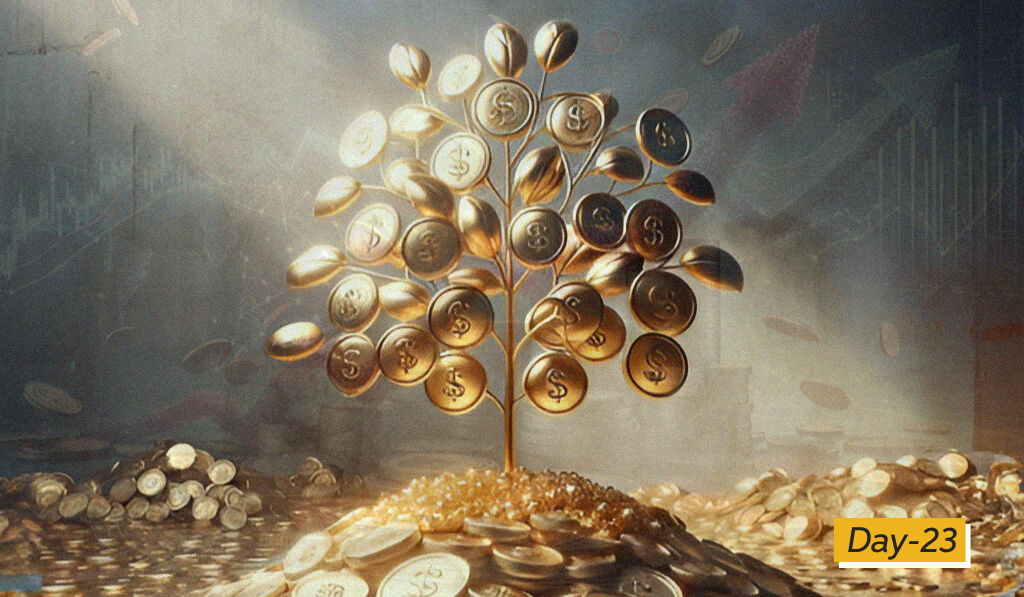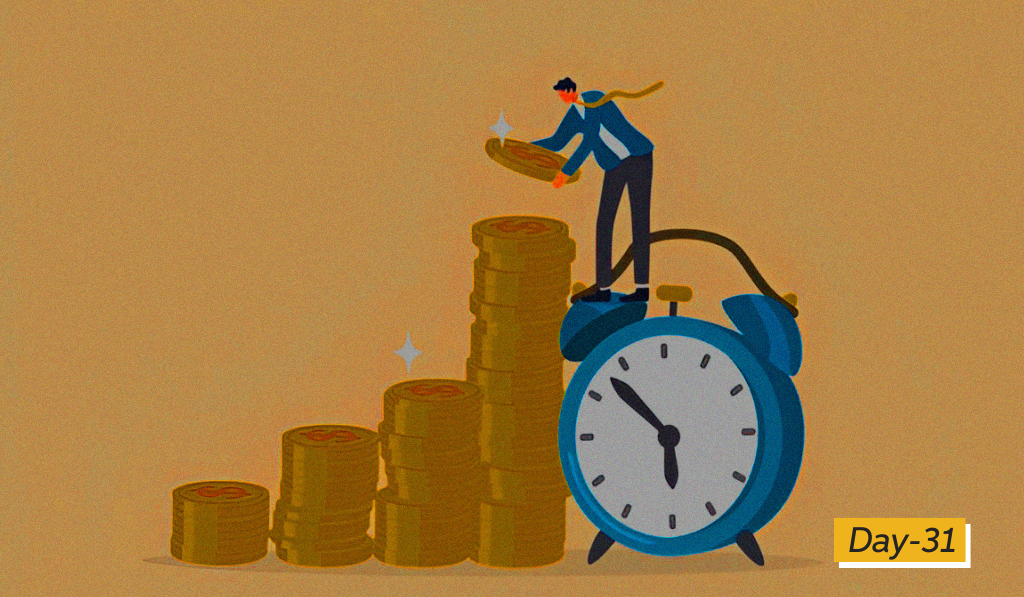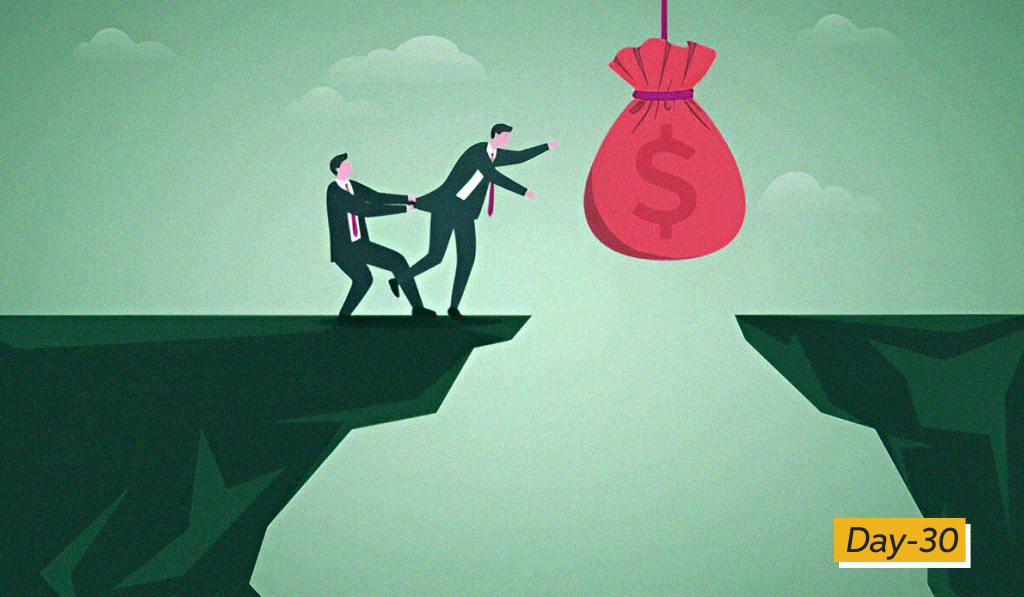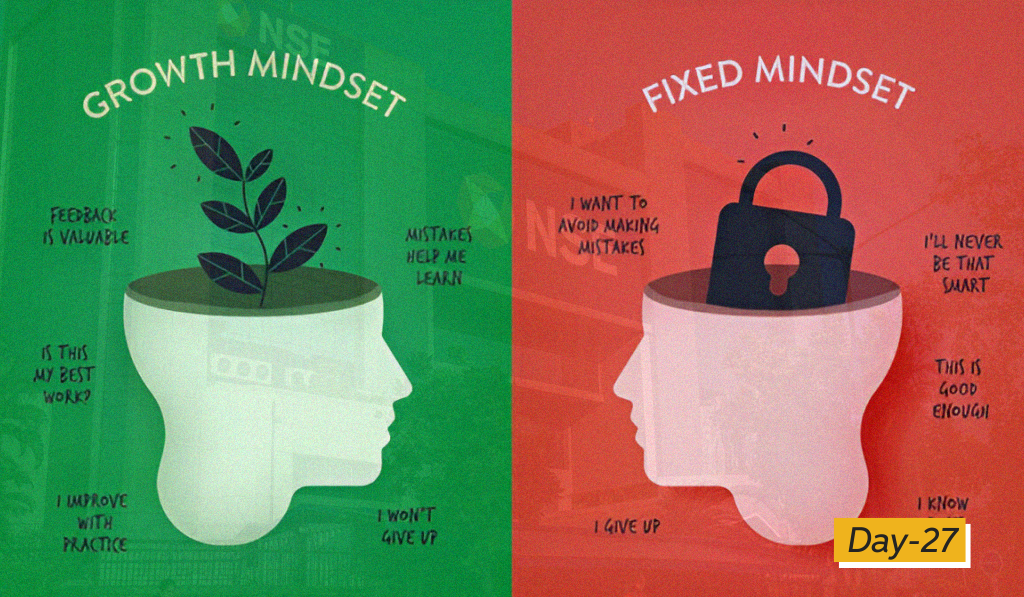Big players in the stock market, like institutional investors and hedge funds, wield significant influence due to the sheer volume of their trades. They conduct extensive research and analysis, and their decisions to buy or sell large blocks of shares can create waves, impacting stock prices and overall market sentiment. Essentially, they act like the whales in the ocean, their movements causing ripples that affect all the smaller fish.
“Market movers” is a broad term, but generally refers to entities with significant influence on market direction. Here are some key players:
1. Institutional Investors:
- Who they are: Large organizations like pension funds, mutual funds, hedge funds, insurance companies, and endowments. They manage massive pools of money.
- What they do: Invest in a wide range of assets, including stocks, bonds, and derivatives. Their large trades can significantly impact prices.
- Role: Their decisions often reflect extensive research and analysis, influencing market trends and sentiment.
2. Hedge Funds:
- Who they are: Private investment funds that use a variety of strategies, often including leverage and short-selling, to seek high returns.
- What they do: Employ aggressive tactics and take on higher risk than traditional investors.
- Role: Can create significant volatility due to their trading volume and strategies, influencing short-term market fluctuations.
3. High-Frequency Traders (HFTs):
- Who they are: Firms that use powerful computers and algorithms to execute trades at incredibly high speeds.
- What they do: Exploit tiny price discrepancies and profit from rapid-fire trading.
- Role: Provide liquidity to the market but can also exacerbate volatility, especially during times of stress.
4. Central Banks:
- Who they are: Government institutions responsible for monetary policy, like the Federal Reserve (US) or the Reserve Bank of India.
- What they do: Influence interest rates, money supply, and economic activity.
- Role: Their actions have a major impact on overall market conditions and investor sentiment.
5. News Outlets and Analysts:
- Who they are: Financial news organizations, research firms, and individual analysts.
- What they do: Disseminate information, provide market commentary, and issue ratings on companies and securities.
- Role: Shape investor perceptions and influence trading decisions.
6. Company Insiders:
- Who they are: Executives, board members, and major shareholders of companies.
- What they do: Have access to non-public information and may buy or sell shares based on their knowledge.
- Role: Their trades are closely watched by the market as they can signal confidence or concern about a company’s prospects.
It’s important to note that these are just some of the major players. The market is a complex ecosystem with many participants, including individual investors, corporations, and governments, all contributing to its dynamics.
Confession Time: Do You Secretly Think You’re a Market Mover?
It’s a great question that gets at the heart of how markets work! The short answer is that while a $1000 trade by itself won’t noticeably move a billion-dollar company’s stock price, it’s part of a much larger ecosystem that collectively drives market movements.
Here’s a breakdown:
- Market Cap and Liquidity: Billion-dollar companies have huge market capitalizations (total value of all their shares). This means a single small trade is a tiny drop in a vast ocean. However, highly liquid stocks (those with lots of buying and selling) can experience small price fluctuations with even moderate
trading volumes. - Supply and Demand: Ultimately, stock prices move based on supply and demand. If more people want to buy a stock than sell it, the price goes up. Your $1000 buy order, combined with many others, adds to the demand and can contribute to upward pressure.
- Order Books and Market Makers: When you place an order, it goes into an order book. Market makers (specialized traders) help match buy and sell orders, ensuring smooth trading. Your order might be filled by another individual, a market maker, or even a large institutional investor.
- Sentiment and News: While your individual trade has a minuscule impact, the collective actions of many traders, influenced by news, economic data, and overall sentiment, create significant market movements.
Think of it like this: Your single vote in an election might not decide the outcome, but combined with millions of other votes, it contributes to the final result. Similarly, your $1000 trade is a vote of confidence (or lack thereof) in a company, and when many investors cast similar votes, it can move the market.
In summary: While your individual trade has a negligible direct impact, it’s part of a complex system where the combined actions of many participants drive market movements. So, indirectly, you are contributing to the constant ebb and flow of the stock market!
Here’s why institutional sponsorship is crucial for investors seeking success, or returns that significantly outpace the market:
- Institutional investors play a significant role in driving stock prices. Their large buying and selling activity can create significant upward or downward pressure on stock prices.
- Identifying institutional accumulation is crucial for spotting stocks with strong potential for growth. Recognizing signs like multiple days of follow-through action on increased volume can help differentiate institutional buying from retail buying.
- Stocks experiencing strong institutional accumulation often exhibit certain characteristics:
- Multiple days of follow-through buying on increased volume after a breakout from a base.
- More up days than down days in the first few weeks of a rally.
- Brief pullbacks followed by a bounce back to new highs, with contracting volume during pullbacks and expanding volume during new highs.
- Stocks under strong accumulation tend to find support during the initial pullbacks after emerging from a sound base.
- Big mutual funds and hedge funds may take several days or weeks to accumulate their desired positions, resulting in sustained price increases.
- Understanding how institutional investors perceive a company’s performance is essential. Sometimes, even when a company reports positive earnings, the stock price may decline if institutional investors are selling.
Institutional investors are major players in the financial markets, managing vast sums of money and influencing investment trends. Their decisions impact companies, markets, and the broader economy. Understanding their role provides valuable insight into how the market functions.
“In the stock market, the big fish swim where they want, and the little fish get carried along.”
This quote emphasizes the influence of institutional investors and how their decisions can create currents in the market that affect all participants.

